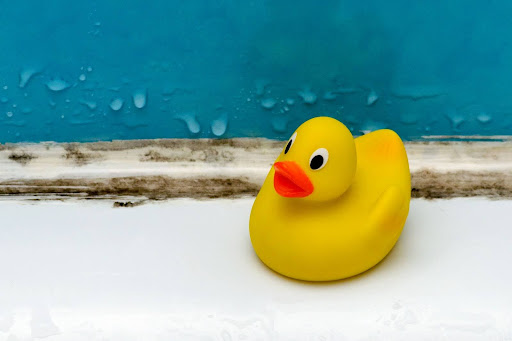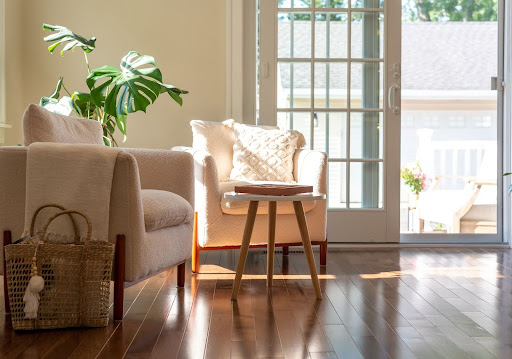Water damage happens in homes and businesses every day.
If you live in an area prone to heavy rains, for example, you could be in danger of flooding—from groundwater as well as from roof or window leaks caused by storm damage. Water damage may also be the result of a burst pipe, a leaky appliance, an overflowing toilet, or a child’s prank gone wrong (trust us, it happens).
Regardless of how the damage occurs, the important thing to remember is that the problem should be addressed swiftly and thoroughly to prevent mold growth. If mold is allowed to flourish, the damage could be even more extensive if it threatens the structural integrity of your property. In addition, certain types of mold may impact human health, leading to increased allergy symptoms and breathing problems.
Follow these 5 tips to prevent mold growth after water damage.
In the event of a water issue in your home or place of business, there are 5 key steps you can take to mitigate the damage and prevent bigger problems from occurring down the line. Because water damage typically happens unexpectedly and without warning, keep these tips handy so you know what to do if and when a problem arises.
1. Stop the flow of water (if you can).
Some issues may require the skills of a professional, such as fixing a large hole in your roof or repairing a leaking appliance in the basement. However, do the best you can to stop the water flow without putting yourself at risk. Tarps and sealant can be used as temporary fixes until a more permanent solution can be found. If there is standing water in an area where electrical cords and outlets are present, make sure they are secure–and the electricity turned off–before you attempt to stop any leaking or flowing water.
2. Thoroughly dry all surfaces and belongings.
Start by using old towels and rags to sop up the water as thoroughly as you can. Because some water may have already seeped into porous surfaces, do a quick touch test on any upholstery, wall paneling, carpeting, exposed drywall or insulation, or similar items to help determine the extent of the water damage. For large amounts of water, a wet/dry vac may be needed to fully absorb all of the liquid.
3. Ventilate the area as well as possible.
Proper ventilation is critical to preventing the spread of mold. Once you have removed as much of the water as possible, set up several fans to push out humid air and help dry the area. If the weather permits, you can open nearby windows and doors to accelerate the drying process. If you have a dehumidifier, you can also use it to remove excess moisture quickly.
4. Discard wet or damaged items.
Anything porous is going to be a breeding ground for mold, so if you can’t easily clean it and dry it (for example, a blanket that got soaked), your best bet is to get rid of it. Unfortunately, this may include carpets, throw rugs, upholstered furniture, pillows, dog beds, and other common furnishings. Allowing damp, waterlogged items to remain in your home or office space is an invitation for mold growth, so you are always better off erring on the side of caution.
5. Call a professional.
Unless the water-affected space is relatively small, the next step is to call a mold remediation and water damage restoration specialist. More often than not, water damage extends farther than what you can see just by looking at the area, and mold grows quickly—typically within 24 to 48 hours. Even if you think you did a thorough job of drying things out, a professional assessment can help provide peace of mind.
We handle water damage from start to finish.
CT Mold Pros can help restore your water-damaged property back to its original dry state. We specialize in water damage mitigation as well as the restoration process that follows. Our comprehensive assessment and treatment method includes identifying and neutralizing the water source, determining the full scope of the water damage, extracting the water, removing any damaged materials, and developing a restoration plan.
Call us today at (203) 920-0265 for a free estimate or fill out this short form with your message to schedule an appointment with one of our trained and certified specialists.






